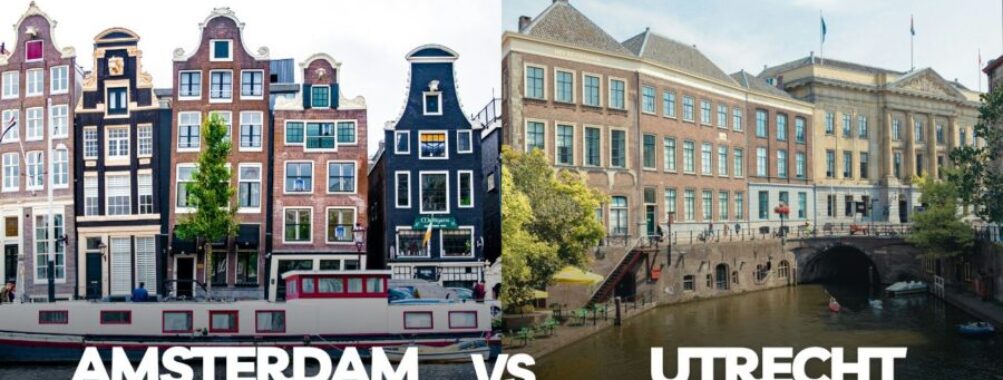
Amsterdam vs Utrecht: Which Dutch City Offers the Best Cultural Experience in 2025
Amsterdam and Utrecht offer captivating Dutch experiences, but each city has a distinct personality. Utrecht feels like a smaller, calmer version of Amsterdam with its medieval charm and student-friendly vibe. The city’s two main canals and historic Dom Tower create a magical atmosphere without the tourist crowds.
Travelers seeking a more relaxed and authentic Dutch experience will find Utrecht a better choice, while those wanting big-city energy and countless attractions should go to Amsterdam. Both cities have beautiful canals, but Amsterdam’s network is more extensive and lined with endless rows of iconic houses.
A train ride of just 30 minutes connects these two cities, making it easy to explore both during a Dutch vacation. Utrecht’s central location and position as the country’s largest transport hub make it a perfect base for exploring the Netherlands, even if Amsterdam gets more attention from visitors.
Contents
- Historical Overview
- Key Attractions in Amsterdam
- Anne Frank House
- Van Gogh Museum and Rijksmuseum
- Vondelpark
- Key Attractions in Utrecht
- Dom Tower and Cathedral
- Canals and Oudegracht
- Centraal Museum and Rietveld Schröder House
- Shopping and Culinary Experiences
- Marketplaces
- Local Boutiques and Streets
- Cultural and Nightlife Offerings
- Outdoor Activities and Parks
- Practical Information
- Accommodations
- Transportation
- Frequently Asked Questions
- What are the cost-of-living differences between Amsterdam and Utrecht?
- How does the travel experience by train from Utrecht to Amsterdam compare?
- Can you explore Utrecht and Amsterdam by boat, and what are the options available?
- What unique attractions does Utrecht offer for a day trip?
- In terms of lodging and overall experience, should travelers prefer staying in Amsterdam or Utrecht?
- Aside from the known tourist spots, what lesser-known activities can one engage in while visiting Utrecht?
- More Travel Guides
Historical Overview
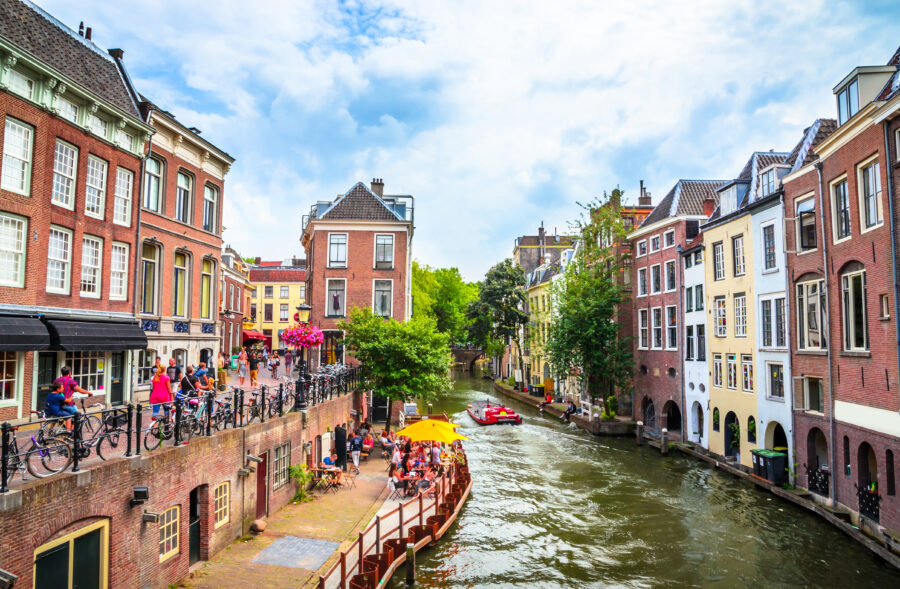
Utrecht’s story starts in 47 AD, when the Romans set up camp in what would become a thriving Dutch city. The Romans chose this spot because of its great location on the Rhine River.
Amsterdam came along much later, starting as a tiny fishing village in the 1200s. The city got its name from the Amstel River and the dam built there, quite literally “Amstel-dam.”
Both cities grew rich during the Dutch Golden Age in the 1600s. Utrecht became famous for its Dom Tower, the tallest church tower in the Netherlands at 368 feet high. It still stands as the city’s most iconic landmark.
Amsterdam’s growth focused on trade and shipping. The city built its famous ring of canals in the 17th century. These waterways helped Amsterdam become one of Europe’s most important trading cities.
Utrecht’s canals are different from Amsterdam’s. They have unique water-level wharf cellars used to store goods from trading ships. Many of these spaces are now cozy restaurants and shops.
The two cities took different paths in modern times. Amsterdam became the Netherlands’ capital and a major tourist destination.
Utrecht kept more of its local Dutch character and became an important university town. Fun fact: Utrecht’s original city center still follows the same layout as the Roman fortress from almost 2,000 years ago!
Key Attractions in Amsterdam
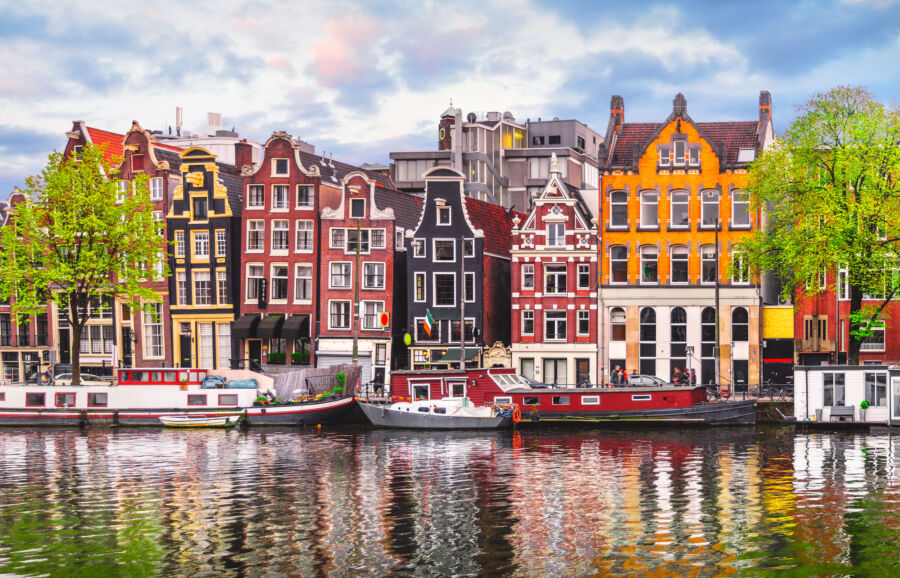
Amsterdam’s most iconic attractions tell rich stories of art, history, and culture that draw millions of visitors each year. The city’s museums and landmarks offer unique glimpses into Dutch heritage and the human spirit.
Anne Frank House
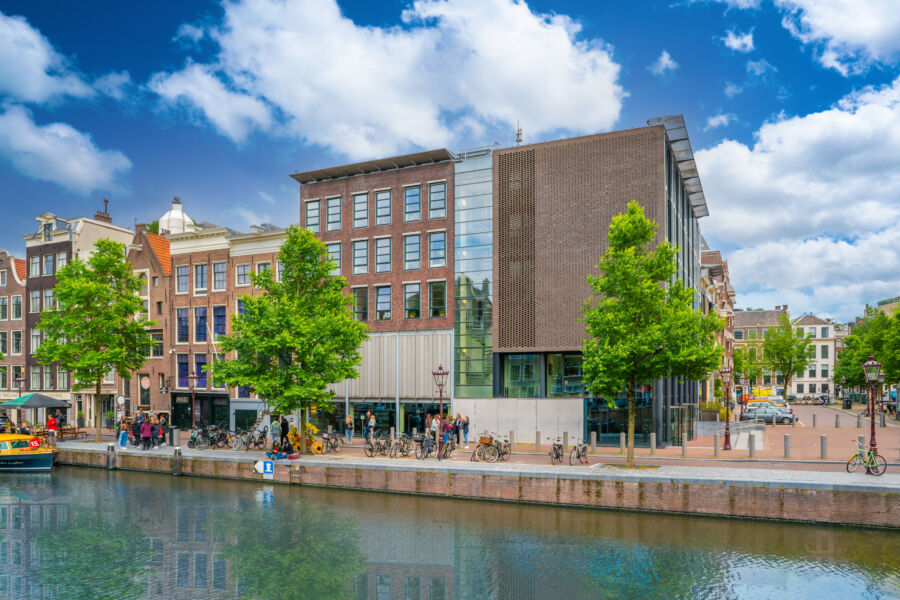
The Anne Frank House stands as a powerful memorial on Prinsengracht Canal. This preserved hiding place where Anne Frank wrote her famous diary during World War II lets visitors step back in time to experience her moving story.
The original bookcase still conceals the entrance to the secret annex where the Frank family hid. Visitors can see Anne’s actual diary and personal photographs on display.
The museum brings history to life through multimedia exhibits and original artifacts. Due to high demand, buying tickets 2-3 months in advance is essential.
Van Gogh Museum and Rijksmuseum
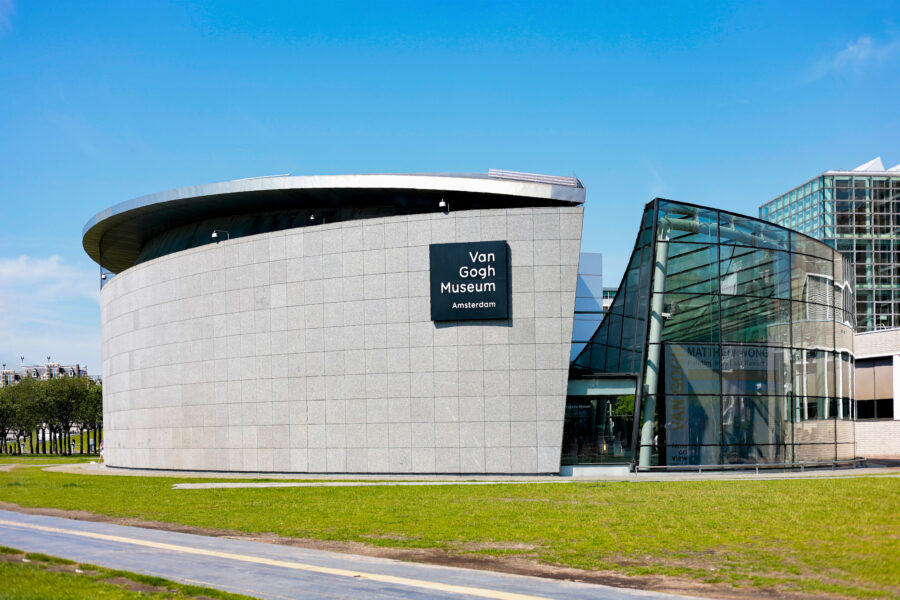
These world-class museums showcase the finest Dutch art and culture. The Van Gogh Museum houses the largest collection of Vincent van Gogh’s paintings and drawings, including Sunflowers and The Potato Eaters.
The Rijksmuseum displays Dutch masterpieces like Rembrandt’s Night Watch and Vermeer’s The Milkmaid. The building’s grand architecture makes it a landmark in its own right.
Both museums offer book travel tours and tickets for guided experiences. Morning visits help avoid the biggest crowds.
Vondelpark
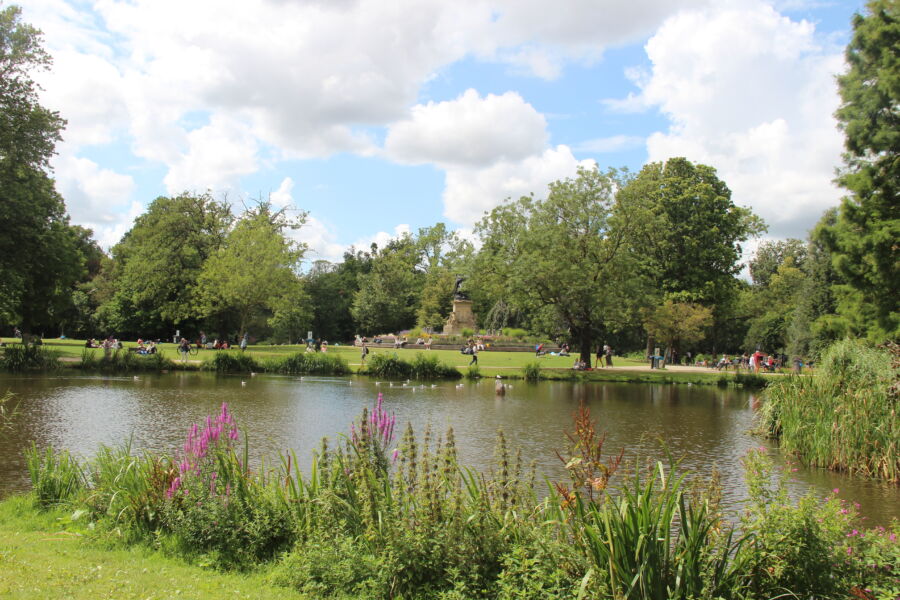
This 120-acre green oasis gives visitors a peaceful escape from city life. The park attracts tourists and locals who cycle, jog, or relax on the grass.
The large playground and wading pool are popular with kids. The park’s open-air theater hosts free concerts and performances during the summer.
Several cafes and restaurants dot the grounds, perfect for grabbing coffee or lunch. The rose garden blooms beautifully from June through September with over 70 types of roses.
See Related: Amsterdam vs Rotterdam: Key Differences to Shape Your Dutch Adventure
Key Attractions in Utrecht
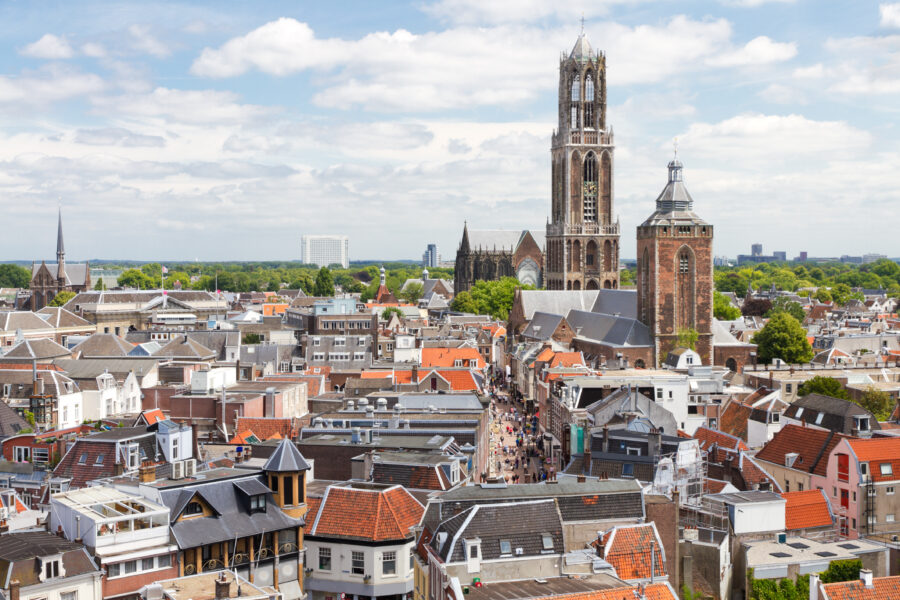
Utrecht’s historic city center houses several remarkable monuments and cultural gems that showcase the city’s rich heritage spanning over 2,000 years.
Dom Tower and Cathedral

The iconic Dom Tower stands proudly as the Netherlands’ tallest church tower at 368 feet (112 meters). Built between 1321 and 1382, this Gothic masterpiece offers breathtaking city views from its observation deck after climbing 465 steep steps.
The cathedral next to the tower tells an interesting story. A violent storm in 1674 destroyed the nave, leaving the tower and choir separate buildings.
The empty space between them became what is now Dom Square. Guided tours take visitors through the tower’s fascinating history and bell chamber, where 14 historic bells still ring daily.
Canals and Oudegracht
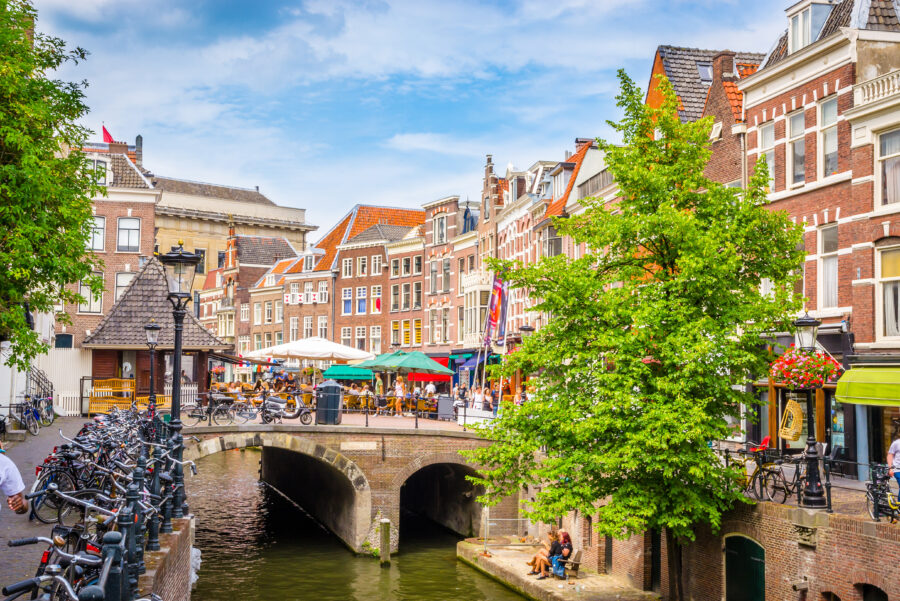
The Oudegracht (Old Canal) forms Utrecht’s beating heart with its unique wharf cellars. These medieval storage spaces, which are at water level, now house cozy restaurants and bars.
Unlike Amsterdam’s canals, Utrecht’s waterways sit two levels below street level. Stone bridges cross the water while pedestrian walkways line both sides of the canal.
Small boats glide through the water as cafes and shops bring life to the historic warehouses above. The wharves bustle with activity during warm days when people enjoy drinks and meals by the water.
Centraal Museum and Rietveld Schröder House

The Centraal Museum showcases Utrecht’s art and cultural history from medieval times to modern designs. The museum houses the world’s largest collection of works by Dutch designer Gerrit Rietveld.
The Rietveld Schröder House represents a masterpiece of De Stijl architecture. Built in 1924, this UNESCO World Heritage site features innovative sliding walls and a revolutionary open floor plan.
Modern art lovers appreciate the museum’s collection of contemporary pieces and special exhibitions. Dick Bruna’s beloved Miffy character also has a permanent display celebrating Utrecht’s famous illustrator.
Shopping and Culinary Experiences
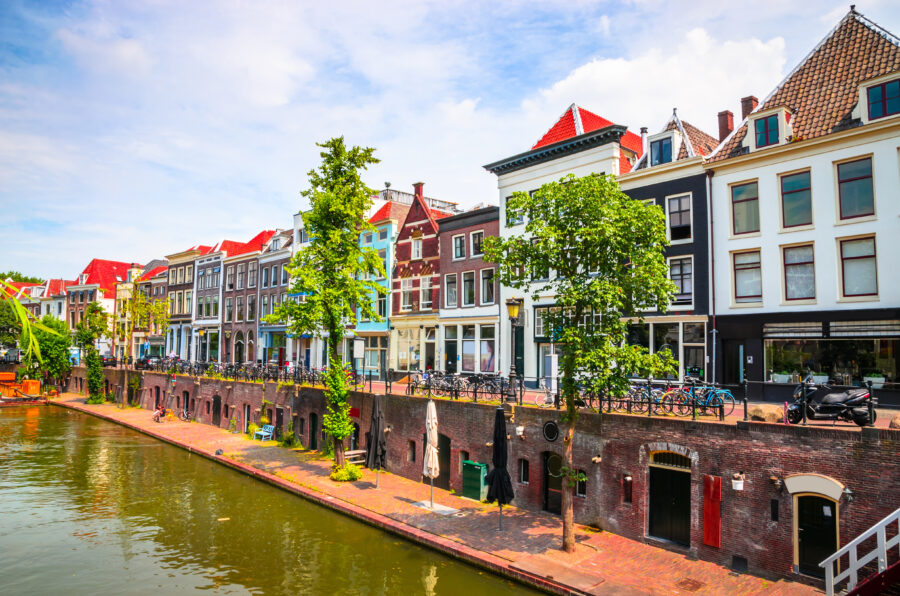
Amsterdam and Utrecht present distinct retail and dining scenes, with each city bringing its own special flavor to the Dutch experience. The cities mix modern shopping centers with traditional markets and unique food spots that showcase authentic Dutch tastes.
Marketplaces
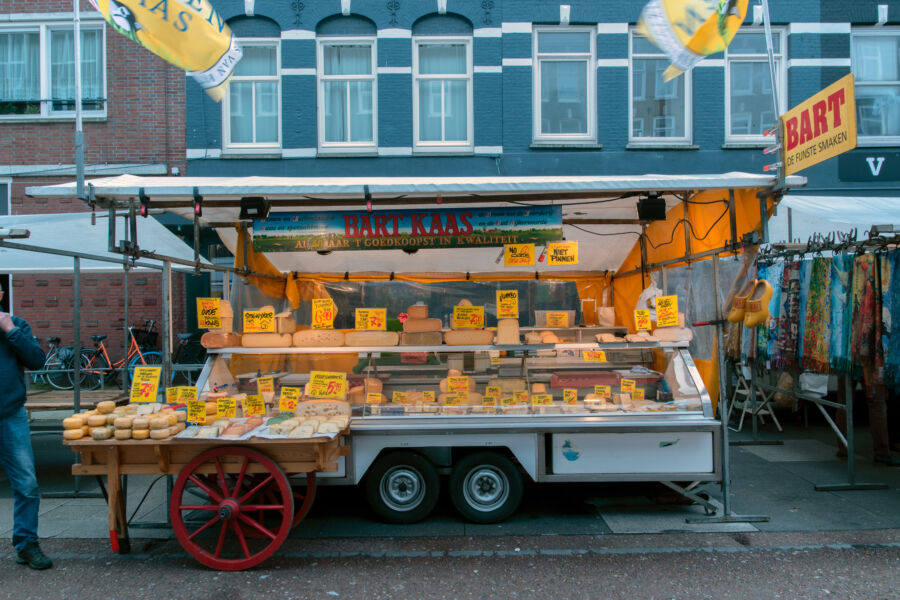
The Albert Cuyp Market in Amsterdam is the Netherlands’ biggest outdoor market. It stretches across the De Pijp neighborhood and has over 250 stalls selling fresh stroopwafels, local cheeses, and Dutch street food. The prices tend to be lower than those in city shops.
Utrecht’s markets are more intimate. The Vredenburg market occasionally pops up with fresh produce, flowers, and local delicacies. The Saturday market along the Oudegracht canal adds extra charm with its waterfront setting.
Local Boutiques and Streets

Amsterdam’s Nine Streets district features small designer shops, vintage stores, and cozy cafes. These narrow lanes between the main canals make shopping feel like a treasure hunt. The busier Kalverstraat and Leidsestraat host major retail chains and department stores.
Utrecht’s shopping scene centers around the modern Hoog Catharijne mall near the train station. The mall recently underwent a makeover and now connects smoothly to the historic city center.
The streets around Utrecht’s Dom Tower are lined with small specialty shops and boutiques. These quiet lanes offer a more relaxed shopping experience than Amsterdam’s busy retail areas.
Cultural and Nightlife Offerings

Amsterdam lights up after dark with countless bars, clubs, and live music venues scattered across neighborhoods like Leidseplein and Rembrandtplein. The city’s nightlife attracts party-goers from around the world.
Utrecht offers a more laid-back evening scene that caters mainly to local students and young professionals. Small music venues and cozy brown cafés line the canals, creating an intimate atmosphere perfect for relaxed nights out.
Both cities shine with museums and cultural attractions. Amsterdam’s Rijksmuseum and Van Gogh Museum showcase world-famous art collections. The city also hosts major festivals and events throughout the year.
Utrecht’s cultural scene centers around the Dom Tower and the medieval old town. The city’s theaters and music halls regularly feature Dutch performers and international acts. Many venues are housed in restored historical buildings.
Popular Cultural Spots:
- Amsterdam: Rijksmuseum, Vondelpark concerts, Paradiso music venue
- Utrecht: TivoliVredenburg, Railway Museum, Centraal Museum
The Dutch culture feels more authentic in Utrecht, with fewer tourist crowds. Local traditions and festivals take center stage, giving visitors a genuine peek into daily Dutch life.
Street performances and outdoor events bring both cities to life. Utrecht’s canal-side cafés host intimate jazz nights, while Amsterdam’s squares feature larger outdoor concerts and performances.
See Related: Amsterdam vs Berlin: Key Differences Every Savvy Traveler Should Know
Outdoor Activities and Parks

Both cities offer lovely green spaces to escape the busy streets. Utrecht’s parks stand out with their peaceful atmosphere and local charm. Park Lepelenburg sits right in the city center, perfect for picnics and relaxing afternoons.
Amsterdam’s Vondelpark attracts crowds of tourists and locals alike. The sprawling 47-hectare park features ponds, playgrounds, and cafes. During summer months, free concerts and performances bring the park to life.
Utrecht provides more breathing room for outdoor activities. The parks are less crowded, making them ideal for families with young children who need space to run and play. Local families often gather here on weekends for casual bike rides and games.
The canals in both cities create different outdoor experiences. Utrecht’s unique wharf-level terraces let you sit right by the water. Amsterdam’s wider canals mean more boat traffic and a livelier waterfront scene.
Popular outdoor activities in both cities:
- Cycling along canal paths
- Picnicking in parks
- Walking tours
- Canal-side dining
- Feeding ducks
- Playing sports
Utrecht’s parks feel more intimate and neighborly. You’ll find quiet corners to read a book or watch local kids playing soccer.
Practical Information
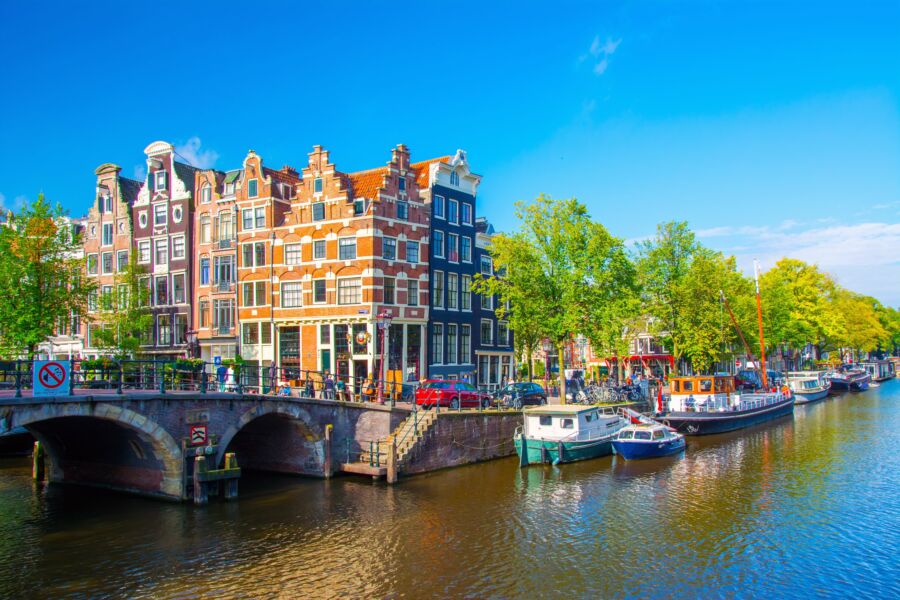
Amsterdam and Utrecht have different ways to get around and places to stay that match their unique personalities as Dutch cities. The costs and options vary between these two popular spots.
Accommodations
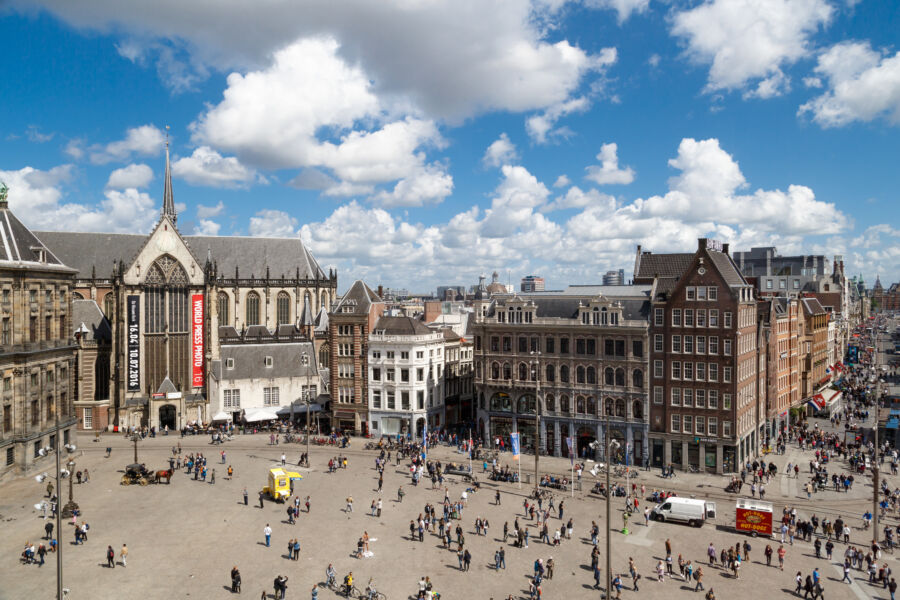
Utrecht offers more budget-friendly accommodations than Amsterdam. A hotel room in Utrecht costs about €100-150 per night, while Amsterdam’s rates start at €150-200.
Students and backpackers fill Utrecht’s hostels, creating a lively social scene. The city center has charming boutique hotels in historic buildings along the canals.
Amsterdam’s tourist areas pack in large chain hotels. Prices jump during peak seasons like summer and holidays. Staying in neighborhoods like De Pijp or Jordaan provides a more local feel.
Transportation
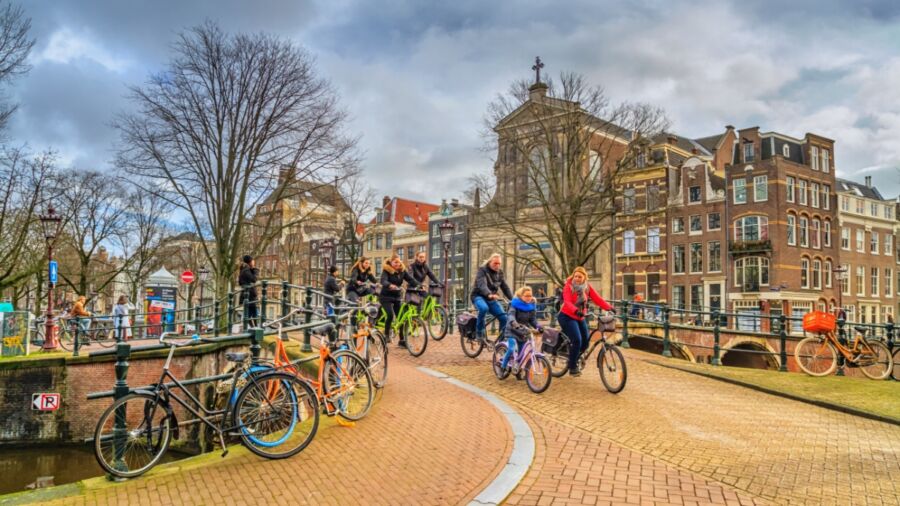
Utrecht’s central train station serves as the Netherlands’ biggest rail hub. Trains run every 15 minutes between Utrecht and Amsterdam, taking just 25 minutes.
Both cities have great bike infrastructure with dedicated lanes and rental shops. Utrecht’s compact size makes it perfect for cycling or walking.
Amsterdam’s public transit includes trams, buses, and metros. A daily transit pass costs €8.50. The city sprawls wider than Utrecht, so trips take longer.
Street parking in Amsterdam costs €7.50 per hour in central areas. Utrecht charges €4.80 per hour. Both cities encourage using park-and-ride facilities on the outskirts.
See Related: Amsterdam vs Paris: Key Differences to Shape Your European Adventure
Frequently Asked Questions
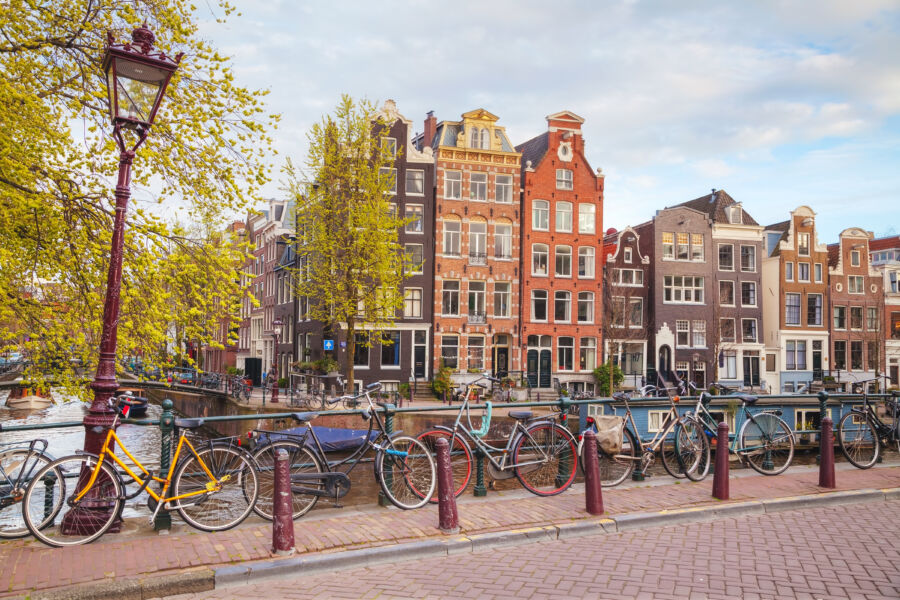
Both Amsterdam and Utrecht offer unique experiences, local flavors, and distinct lifestyles that shape daily living costs, travel connections, and tourist activities.
What are the cost-of-living differences between Amsterdam and Utrecht?
Utrecht’s housing costs run about 20-30% lower than Amsterdam’s steep rental prices. A one-bedroom apartment in Utrecht’s city center costs around €1,200 monthly, while similar units in Amsterdam start at €1,800.
Grocery prices stay about the same in both cities, but dining out costs less in Utrecht. A meal at a mid-range restaurant in Utrecht costs €15-25 per person compared to €25-40 in Amsterdam.
How does the travel experience by train from Utrecht to Amsterdam compare?
Trains run every 15 minutes between Utrecht and Amsterdam Central Station. The journey takes just 25 minutes on direct intercity trains.
A one-way ticket costs €9.20, while day returns cost €18.40. The trains offer comfortable seating and free WiFi.
Can you explore Utrecht and Amsterdam by boat, and what are the options available?
Utrecht’s canals sit two levels below street level, creating unique wharf cellars that now house cafes and shops. Canal tours cost €12-15 and last about an hour.
Amsterdam offers more varied boat options, from €18 hop-on-hop-off services to private rental boats starting at €80 for two hours.
What unique attractions does Utrecht offer for a day trip?
The Dom Tower, 112 meters tall, is Utrecht’s most famous landmark. Guided tours let visitors climb 465 steps for panoramic city views.
The Railway Museum (Spoorwegmuseum) showcases historic trains through interactive exhibits. Kids love the train rides and simulators.
The Rietveld Schröder House displays unique architecture from 1924, making it perfect for design fans.
In terms of lodging and overall experience, should travelers prefer staying in Amsterdam or Utrecht?
Utrecht hotels cost 30-40% less than similar Amsterdam properties. A 3-star hotel room in Utrecht runs €80-120 per night versus €120-180 in Amsterdam.
Utrecht offers a calmer atmosphere with fewer tourists. The compact city center makes walking between attractions easy.
Aside from the known tourist spots, what lesser-known activities can one engage in while visiting Utrecht?
The Saturday flower market along Oudegracht canal sells fresh blooms at local prices. While watching boats pass by, you can grab coffee at one of the canal-level cafes.
Explore the hidden hofjes (courtyards) scattered throughout the old city. These peaceful gardens provide quiet spots away from tourist crowds.
Visit Vredenburg Square’s weekly organic farmers market for local cheese, bread, and seasonal produce.



